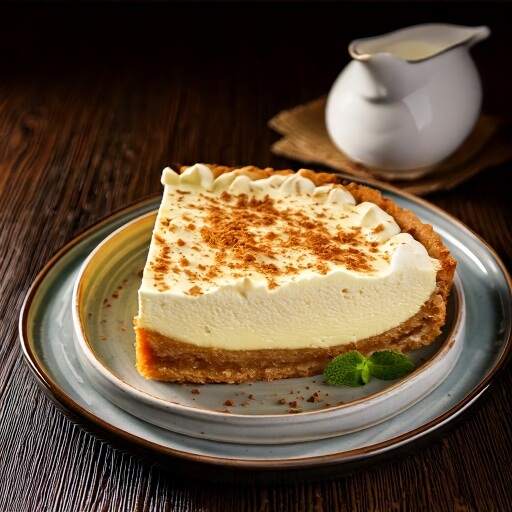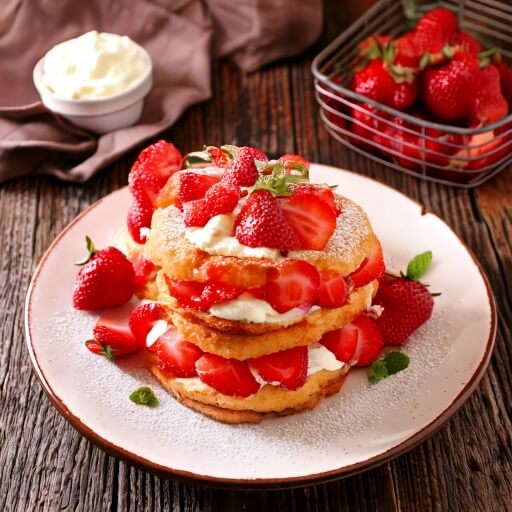Cheesecake has a long history, dating back to ancient Greece, where it was served to athletes in the first Olympic Games. Over time, it evolved into a beloved dessert with countless variations worldwide. From dense New York-style to light and airy Japanese cheesecake, the beauty of this dessert lies in its adaptability. The secret to a perfect cheesecake is using high-quality ingredients and mastering the baking technique. A slow, gentle bake and proper cooling ensure the rich, creamy texture that cheesecake lovers crave.
Pairing cheesecake with fruit compote adds a layer of freshness and balance to the richness of the dessert. Popular choices include strawberries, blueberries, and raspberries, which bring tartness and color. Citrus zest or a drizzle of honey enhances the flavor profile even further. Some variations incorporate fruit directly into the filling, such as mango or passionfruit cheesecake, which adds a tropical twist. The interplay of textures—creamy cheesecake, crunchy crust, and juicy fruit—creates a truly indulgent experience.
Baking the perfect cheesecake requires patience and precision. A water bath, or bain-marie, helps regulate temperature and prevents cracks on the surface. Overmixing can lead to excess air in the batter, which may cause the cheesecake to rise and collapse. Once baked, a slow cooling process is key to maintaining the structure. For those looking to experiment, flavoring options are endless—chocolate swirls, caramel drizzles, or even a touch of espresso can elevate the classic cheesecake into a gourmet delight.
The best way to prevent cracks is to bake the cheesecake in a water bath. This helps regulate temperature and keeps moisture in the oven. Additionally, avoid overmixing the batter and let the cheesecake cool gradually inside the oven before refrigerating.
Yes, you can use a regular cake pan lined with parchment paper, but removing the cheesecake may be trickier. Another option is to make mini cheesecakes using a muffin tin, which makes serving easier and eliminates the need for slicing.
The center of the cheesecake should be slightly jiggly but set, while the edges should be firm. A gentle shake of the pan can help check. Overbaking can result in a dry texture, so keep a close eye near the end of the baking time.
Yes, cheesecake freezes well. Wrap it tightly in plastic wrap and aluminum foil before freezing. When ready to eat, thaw it in the refrigerator overnight for best texture. Avoid thawing at room temperature, as it may cause condensation and alter the texture.
Cheesecake pairs well with a variety of toppings, such as fresh berries, fruit compote, caramel sauce, or chocolate ganache. A dusting of cocoa powder or a sprinkle of crushed nuts can also add texture and enhance the flavor profile.

Boston cream pie with fluffy cake, rich custard, and chocolate glaze. Try this timeless dessert recipe at home.

Strawberry shortcake with sweet berries, soft biscuits, and whipped cream. Make this fresh and easy dessert recipe today.

© 2025 OLIVERSRECIPES.COM - All rights reserved.
The reproduction, in whole or in part, of this website without prior written permission is strictly prohibited.
Developed by MMT